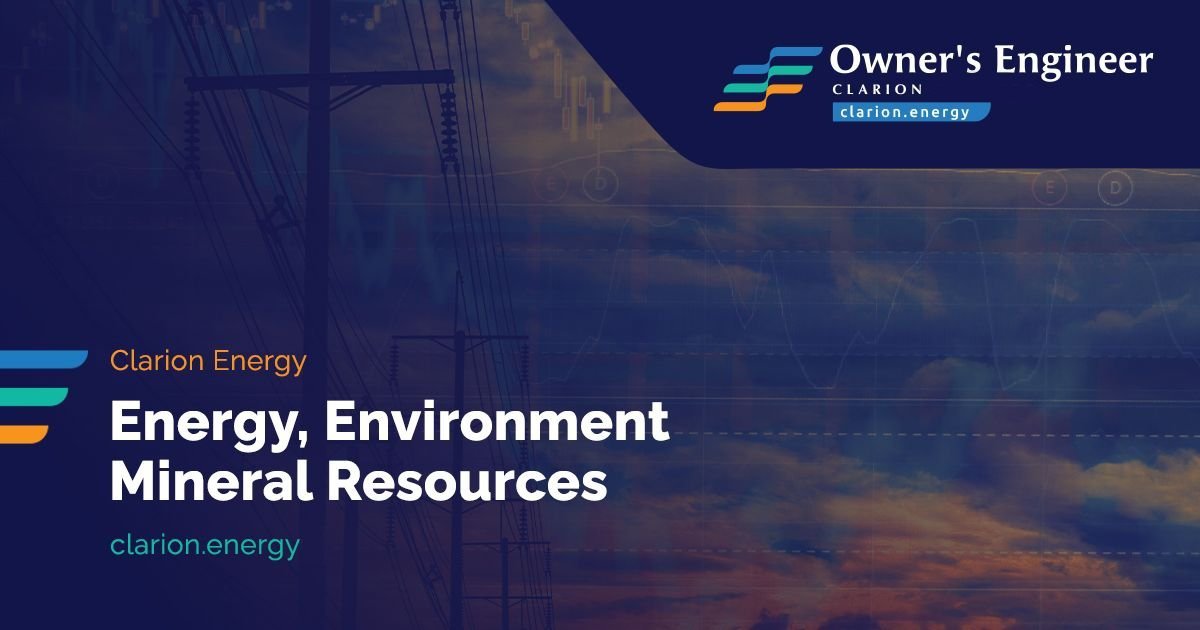The role of the Owner’s Engineer (OE) in supervising EPC/FIDIC contracts is indeed pivotal for project success. Here’s a concise breakdown of the OE’s responsibilities during various project phases:
1. Pre-construction phase
- Technical advisory: Assists the owner in defining project objectives, reviewing feasibility, and conducting site surveys.
- Contract review: Helps prepare FIDIC contracts, ensuring balanced risk allocation and alignment with industry standards.
- Bid evaluation: Supports the owner in evaluating bids and selecting contractors through technical reviews and negotiations.
- Baseline design review: Reviews contractor’s initial designs for compliance with project requirements.
2. Design phase
- Design review: Reviews and approves all design documents and specifications to ensure they meet standards.
- Change management: Manages design changes and ensures they’re justified and documented.
- Stakeholder coordination: Facilitates communication among all parties to ensure alignment on design requirements.
3. Construction phase
- Construction supervision: Monitors site activities, ensuring compliance with designs and safety standards through regular inspections.
- Quality assurance: Implements QA/QC procedures and addresses any quality issues immediately.
- HSE compliance: Ensures contractor adherence to health, safety, and environmental regulations.
- Progress monitoring: Tracks progress, prepares reports and verifies contractor claims against actual performance.
- Interface management: Coordinates among various stakeholders to resolve conflicts and maintain workflow.
4. Commissioning and testing phase
- Commissioning plans review: Reviews contractor plans for testing and commissioning to ensure clarity and compliance.
- Testing oversight: Supervises testing activities, verifying system functionality and documenting results.
- Performance verification: Confirms the facility meets performance guarantees before handover.
- Training and documentation: Ensures proper training for the owner’s personnel and that all documentation is complete.
5. Project close-out and handover
- Final inspections: Conducts inspections to ensure all issues are addressed and compiles a punch list.
- Contractual close-out: Verifies all contractual obligations are fulfilled, preparing the final project report.
- Handover support: Assists in the transition from construction to operation and may help manage issues during the defects liability period.
6. Claims and dispute resolution
- Claims management: Evaluates contractor claims for validity and provides recommendations to the owner.
- Dispute resolution: Supports the owner in negotiations and dispute resolution processes, offering technical expertise.
Importance of the Owner’s Engineer
- Risk mitigation: Ensures compliance and quality to reduce risks associated with design and construction.
- Cost and schedule control: Monitors project progress to keep costs and timelines in check.
- Enhanced communication: Serves as a mediator between the owner and contractor, ensuring effective communication.
In summary, the Owner’s Engineer is an integral asset in EPC/FIDIC projects, providing the necessary oversight, technical expertise, and strategic guidance to meet the owner’s expectations for quality, cost, and schedule.








